How Do You Prepare Moon Flowers So They Will Come Back the Next Year
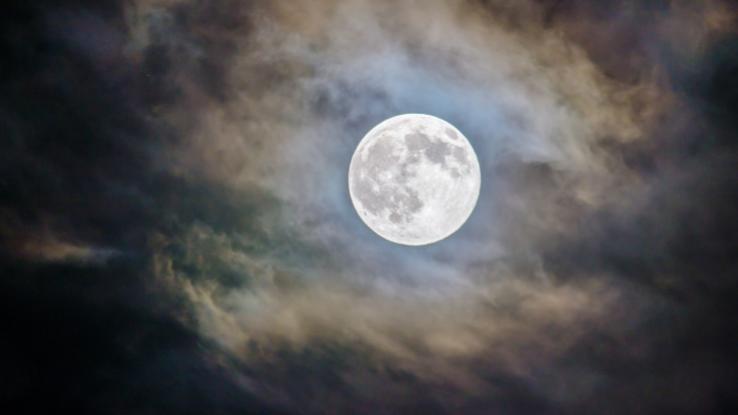
The Moon is more than a rock. One of the few true constants throughout time, the Moon has been following Earth around for as long as we know. Civilizations old and new have studied and celebrated the Moon. Full Moons in particular bring out intrigue and a spectrum of energies from a lot of different places. A harvest moon will rise on September 20, coinciding with the autumnal equinox and radiating bright moonlight on a grand scale.
Full moons brighten the sky like no other so long as it isn't cloudy, so it only makes sense that more activity can happen around full moons, especially when the days are shorter. More light means the potential to get more done. Many cultures associate annual events and other special times with the full moon that precedes that time, with Easter and Passover being strong examples of that.
The Romans implemented the calendar we know and follow today. With that calendar's implementation, the population at large used names associated with these months to label their moon. Knowing what moon it is on a given night might dictate one's decisions during their day-to-day. Usually, the names of full moons are indicative of what's going on seasonally in nature.
Most of these moons were associated with their respective months because of the Old Farmer's Almanac, which used Indigenous influences and knowledge from early European settlers. But there are also some abnormal names for moons. And because different cultures have different names for moons, it's fun to see how their similarities and differences intersect.
Wandering and Hoping for Spring: Winter Moons
January, The Wolf Moon: The full moon for January is named after the sounds of howling wolves. Perhaps in January, when most wolves' prey is hibernating or down south, there are more cries to the moon? With trees being barer in January than they typically are in most months, there are fewer leaves to absorb and shield townspeople from the howls.
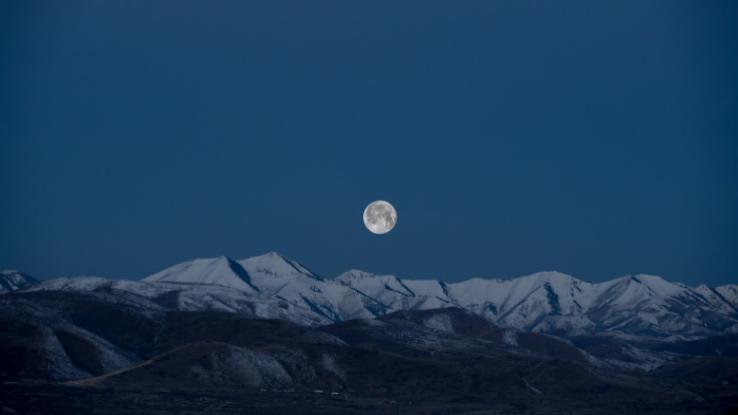
Other January moons include the After Yule Moon, because it's the first moon after Christmas, the Ice Moon, and the Old Moon. Some tribes call January's full moon the Snow Moon, but most folks, as well as Europeans, save that for February.
February, The Snow Moon: The Snow Moon makes a lot of sense for February. While the folks at The Weather Channel assert that January is the snowiest month of the year, February can certainly feel like the snowiest after a tough December and January.
Other names for the full moons of February include the Hunger Moon, because February was typically when food would be most scarce in a lot of cultures; the Storm Moon, because in a lot of places it will rain a lot; and the Chaste Moon, maybe because in the Northern Hemisphere it's so cold out?
March, The Worm Moon: The third month of the year is typically when the ground moistens and worms start to emerge in and on top of the dirt. There are a lot of other full moon names related to March. Some people use Crow Moon, because apparently crows caw a lot in March and that means winter is over, and mating season is beginning. The Sap Moon is a fun one, because it means it's time to tap maple trees for syrup. The Full Crust Moon is popular because it describes the thawing of snow during the day and the refreezing of it at night.
Bonus: The Paschal Moon: The Paschal Moon is the first moon after the vernal equinox. (That's spring's first day.) Spring staples, Passover and Easter, happen that same week of this moon. Lent, the Christian fasting period that happens prior to Easter, and subsequently, Mardis Gras, begins six weeks prior to this moon. Sometimes this moon appears in March and other years it appears in April.
April, The Pink Moon: October might be the month where athletes wear pink to promote breast cancer awareness, but prior to 1985, April was the month known for the color pink. It's important to remember that this month is more associated with the blossoming, rather than full-on blooming, of flowers.
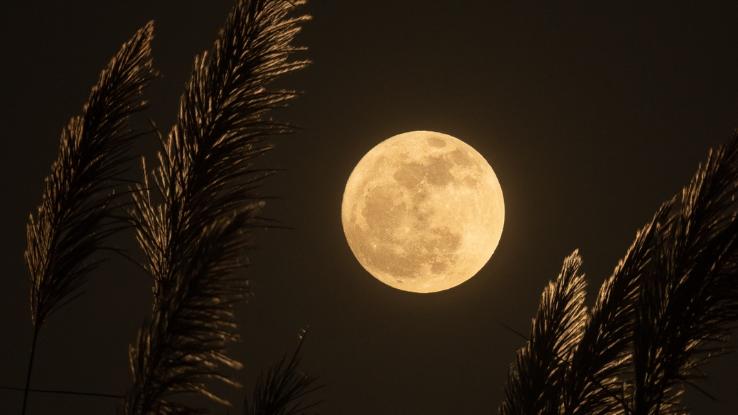
Other moon names include the Sprouting Grass Moon, which is pretty self-explanatory, and Egg Moon, which evokes images of "spring chickens." It's also known as Fish Moon on the East Coast because that's when shad begin their annual migrations to spawn.
May, The Flower Moon: The blossoms from April have bloomed and spring is in full swing! Anglo-Saxons referred to this moon as the Milk Moon and other cultures refer to this month's moon as the Corn Planting Moon.
June, The Strawberry Moon: This is typically the time of year that berries will be ripe enough to pick. This month is also known as the Rose Moon and sometimes the Mead Moon, since all the ingredients to make mead, like honey and grain, are more readily available, though that's sometimes saved for July. Hot Moon also works, since Summer Solstice happens in June.
Filled with Bounty: Full Moons From Summer to Fall
July, The Buck Moon: Hindus refer to the July moon as the Guru Moon and use the month to focus on spirituality practices. In the West, the Buck Moon earned its stripes when people started noticing that deer grew new antlers in July. Hay Moon is also popular. (There must be a lot of it in July.)
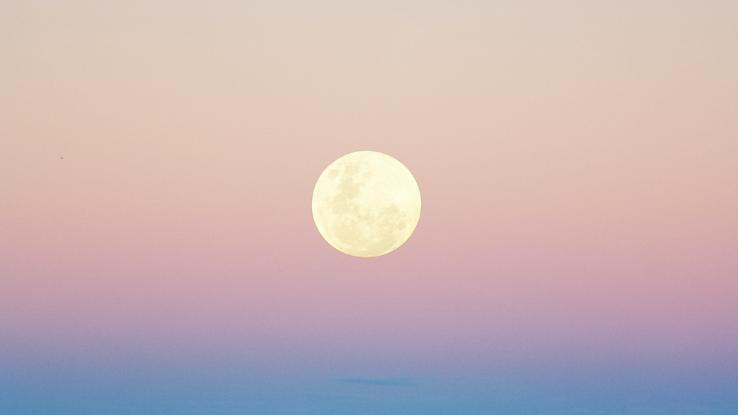
Because of July's loud thunderstorms, Thunder Moon is also very applicable. Who doesn't love a good summer storm?
August, Sturgeon Moon: Tribes from the Great Lakes area had the most influence on this one. This month is when Sturgeon fish are most bountiful in that area. Green Corn Moon, Grain Moon, and Fruit Moon have also been used. Maybe Sturgeon Moon is so common because it sticks out the most amongst the theme of herbal fruition names given to the full moon for that month.
September, The Corn Moon: Those crops you've been looking after since early spring are probably ready for you to eat now! Some refer to September's full moon as the Harvest Moon, but that moon is a little more complicated. Barley Moon is also applied to September's full moon. This is when the shortening days really start to take effect, so the full moons have more time to shine.
Bonus: Harvest Moon: Much like the Paschal Moon, the Harvest Moon can occur in either September or October. Its date is the closest to the autumnal equinox. This celebration of the harvest even had a video game franchise named after it (now known as Story of Seasons) and makes a notable appearance in the cult-classic film, Scooby-Doo & the Witch's Ghost. In the thick of fall, it is often associated with county fairs.
Completing the Lunar Cycle: Autumn's Slow Decline
October, The Hunter's Moon: Perhaps most notable due to the 1999 film, Bats, October has all sorts of spooky connotations that go along with it. So close to Hallow's Eve, All Saint's Day, and El Dia de Los Muertos, the Hunter's Moon has a vibe that can prepare anyone for tricks and treats. In 2020, the Hunter's Moon fell on Halloween night. For the year that 2020 was…this checks out.
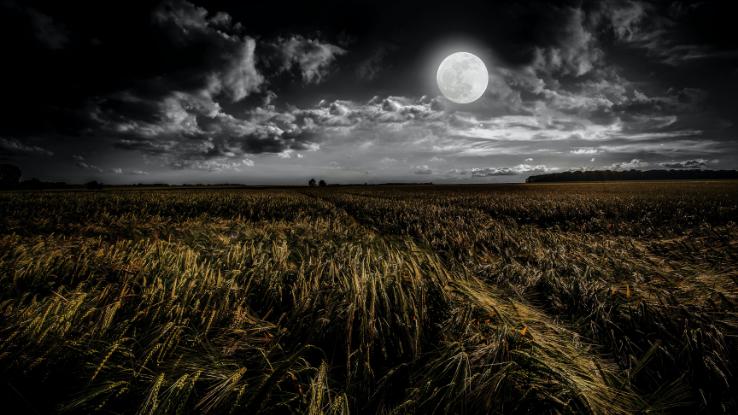
November, The Beaver Moon: Animals are preparing to hibernate for winter and apparently beavers are the most visible critters readying themselves for the season. One might think that November would be dedicated to gratitude or giving back, but Beaver Moon works, too. If the Beaver Moon comes before the winter solstice, it is also referred to as the Mourning Moon.
The Frosty Moon also gets brought up when discussing the full moon for November. The month is less known for snow, but it's still cold, so "frosty" is a great way to describe the month and the full moon associated with it.
December, The Cold Moon: What an honest name. The Old Farmer's Almanac might use Cold Moon, but others use Long Night Moon, since December has the longest nights of any month. Some cultures use Wolf Moon for December, and others use Before Yule Moon, but sometimes the full moon happens during yuletide, so this name doesn't seem the most appropriate.
Other Special Moons With Names
Blood Moon: Sometimes this signals a lunar eclipse, but often this can refer to anytime the moon is glowing a red, orange, or yellowish tint. Why does that happen? This can be caused by smoke or haze in the air, like what California sees during wildfire season.
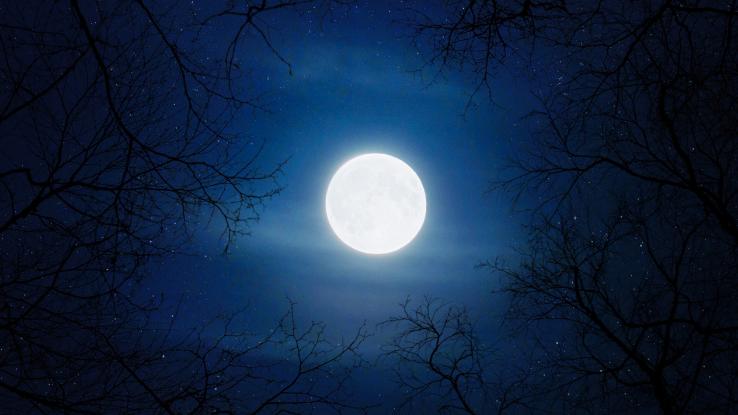
Supermoon: This is the term applied to a full moon when it is larger than usual. There is not too much science behind this. It just means that the moon is a little closer to the Earth that night.
Blue Moon: Two full moons in one month equals one blue moon. (No relation to the popular beer.) This does not happen often, hence the term "once in a blue moon." More than one moon in a month sounds romantic — not to mention, a great way to start and end the month.
Resource Links:
"What Are Different Types of Moons" via NASA
"Full Moon Names" via Time and Date
"The Next Full Moon is…" via NASA
"Full Moon Names for 2021" via Space
MORE FROM REFERENCE.COM
How Do You Prepare Moon Flowers So They Will Come Back the Next Year
Source: https://www.reference.com/science/full-moon-names?utm_content=params%3Ao%3D740005%26ad%3DdirN%26qo%3DserpIndex
0 Response to "How Do You Prepare Moon Flowers So They Will Come Back the Next Year"
Postar um comentário